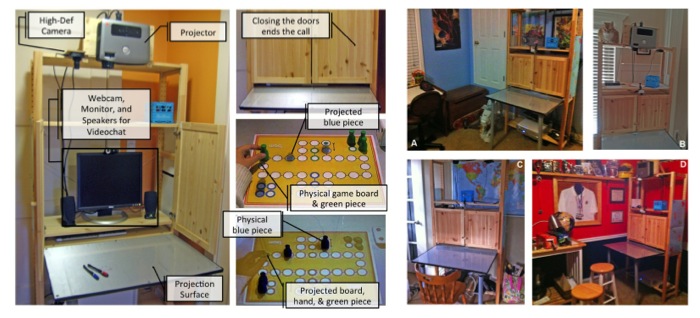On the same day, two similar friends shared two very different articles on Facebook. One talks about how you should embrace your inner workaholic by working more and the other one talks about how you should chill out more and rest more. Though at first these might appear contradictory, it’s interesting that both of these articles are trying to get me to do MORE of something.

Wait? So, if I do more work, I need to do more life to balance the scales?
This kind of made me think about an insight from the Michael Pollan book In Defense of Food. He made the point that government food guidelines always tell Americans to eat more of stuff rather than less of anything (e.g., instead of “eat less red meat,” it was “choose meats that will reduce your saturated fat intake”). As a result, we are the least healthy country, but one that worries about health the most. Work-life balance might be heading in this direction too: we are told to work MORE, relax MORE, exercise MORE, spend MORE time with family, cook MORE, etc. Even the most common metaphor used to convey work-life balance, the scale, suggests that if we do MORE of one thing, the way to become balanced is to do MORE of another thing. Are we going to become the most stressed country that worries the most about work-life balance? (Are we already?)
I think it might make more sense to think of work-life balance as a diversified portfolio or a balanced meal. Sure, work is good for you, like vegetables! If you’re not doing any at all, you’re probably in trouble. But if all you’re eating is asparagus, that’s probably some sort of a fad diet and it’s not gonna work out either. Bodies can thrive under different diets, but everybody also has to make trade offs — you can’t just eat MORE of everything. In that spirit, I will share the things that I will do less:
- Sitting with my computer in my lap — it’s too comfy and somehow gets me to the weirdest corners of the Internet at the oddest hours of the night, which leads to the next thing…
- Hitting snooze — not actually restful, just delays the inevitable
- Thinking about email — I spend more time NOT answering email (you know, reading it, thinking about it, checking it while out and about) then I do answering it. I’m going to try to the “touch each email once” approach for a bit and see how it goes.
Maybe the old tradition of giving up something for Lent is more on the money than the new tradition of doing more of everything? If you did LESS of something in your life, what would it be?



